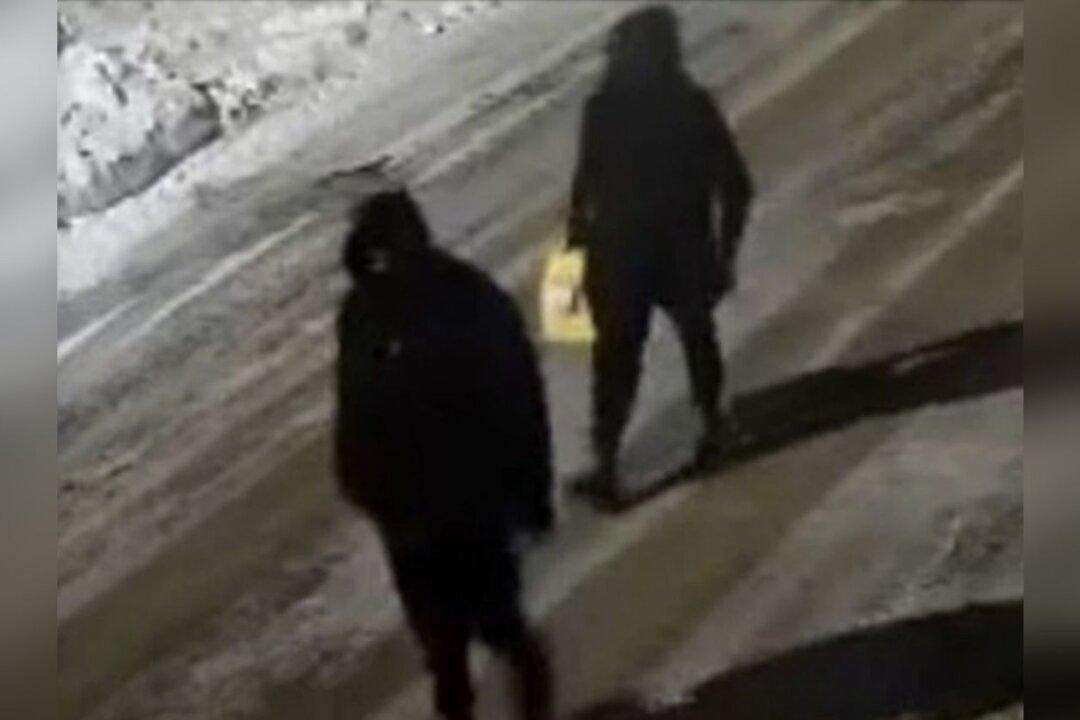Canada’s banks are teaming up with the country’s fentanyl czar and the RCMP to tackle money laundering activities connected to drug trafficking.
Dubbed the Integrated Money Laundering Intelligence Partnership (IMLIP), the goal of the federally launched group is to improve collaboration between law enforcement agencies and financial institutions to address organized crime and money laundering activities, the government said in a Feb. 20 press release.
The group is led by Canada’s fentanyl czar Kevin Brosseau and includes RCMP Federal Policing program officials and the chief anti-money laundering officers of Canada’s big banks, while the Department of Finance and Public Safety Canada provide policy support, the government said. The first meeting was held earlier this week.
One of the main goals of the partnership is to increase the exchange of intelligence related to money laundering and organized crime between law enforcement and Canada’s major financial institutions.
“Canada is taking significant action to stop the production and trafficking of illegal fentanyl, and since no amount of fentanyl is too small to tackle, our goal is to eliminate it completely from our communities,” Brosseau said in the press release.
“This requires us to use every tool at our disposal, and intelligence sharing to combat money laundering is one of them. The new partnership will be a key contributor to help law enforcement agencies in their anti-money laundering efforts.”
Brosseau was appointed to serve as a liaison between Canada and the United States, after U.S. President Donald Trump accused Canada of allowing fentanyl to flow across the border into the country.
Trump has also made cross-border fentanyl trafficking a key issue in his threat to slap tariffs on Canadian products. Around one percent of America’s fentanyl comes across the northern border.
Prime Minister Justin Trudeau averted the implementation of U.S. tariffs on Canadian goods at the beginning of the month by promising to appoint a fentanyl czar as one of several border security measures. Trump has said he will reimpose 25 percent tariffs on goods imported from Canada as early as March 4 if he is not satisfied with Canada’s progress on dealing with cross-border fentanyl trafficking.
The formation of IMLIP comes two weeks after the prime minister announced the creation of a Canada-U.S. Joint Strike Force to combat organized crime, fentanyl trafficking, and money laundering and just one week after he announced Brosseau as Canada’s new Commissioner of Canada’s Fight Against Fentanyl.
Ottawa said it also plans to use its 2025 G7 Presidency to “highlight the threats from illicit finance” and suggest “a call to action by the G7 Finance Ministers to address criminal activity that impacts the financial sector and national security.”
Fentanyl in Canada
Drug-related organized crime has been on the rise in Canada.There has been a 42 percent increase in the engagement of Canadian organized crime groups in fentanyl-related activities since 2019, according to the 2024 Criminal Intelligence Service Canada’s public report. There are 235 criminal organizations involved in the fentanyl trade, 35 of which export domestically produced substances, including fentanyl, the report said.
Ottawa announced on Feb. 20 it would list seven transnational criminal organizations as terrorist entities following similar measures from the United States, in efforts to bolster its fight against drugs like fentanyl to avoid U.S. tariffs.
Canadian law enforcement has also cracked down on drug-related activities over the past six months and have announced several major busts since last fall.
Federal investigators in B.C. raided what they described as Canada’s largest drug “superlab” last October, disrupting the work of a transnational organized crime group involved in the production and distribution of “massive quantities” of fentanyl.
Surrey RCMP executed another major raid in B.C. the following month, calling it one of the largest illegal drugs busts ever recorded by the federal policing agency. Officers seized “substantial quantities” of fentanyl and other drugs after a series of seven searches in five separate communities.







